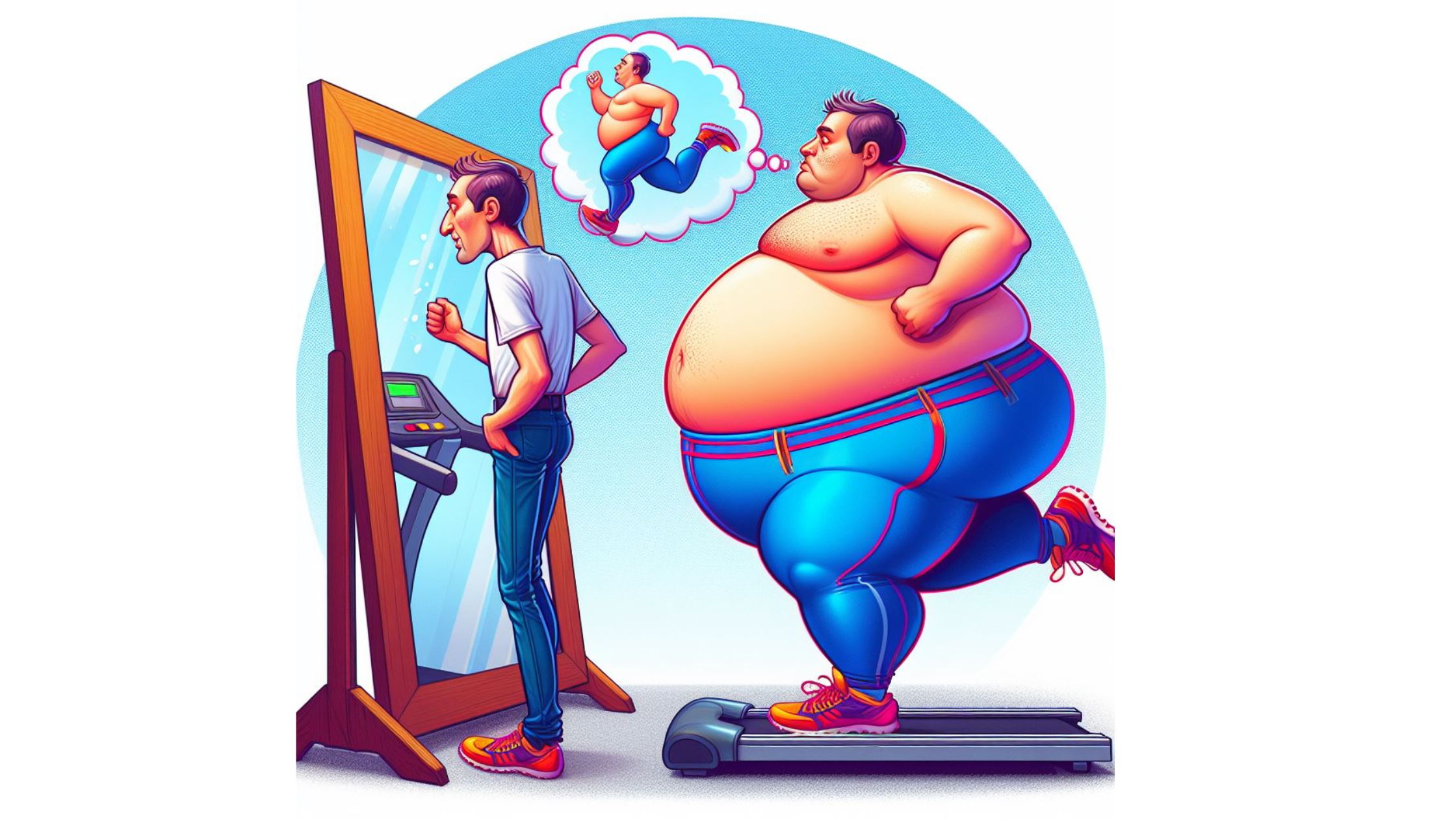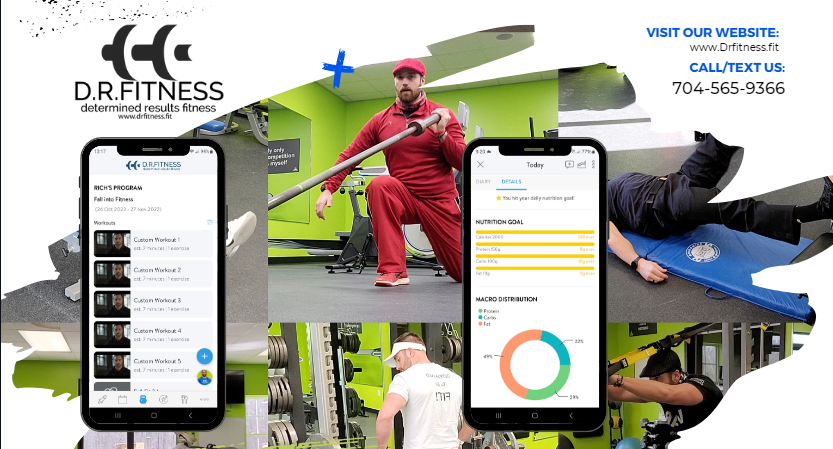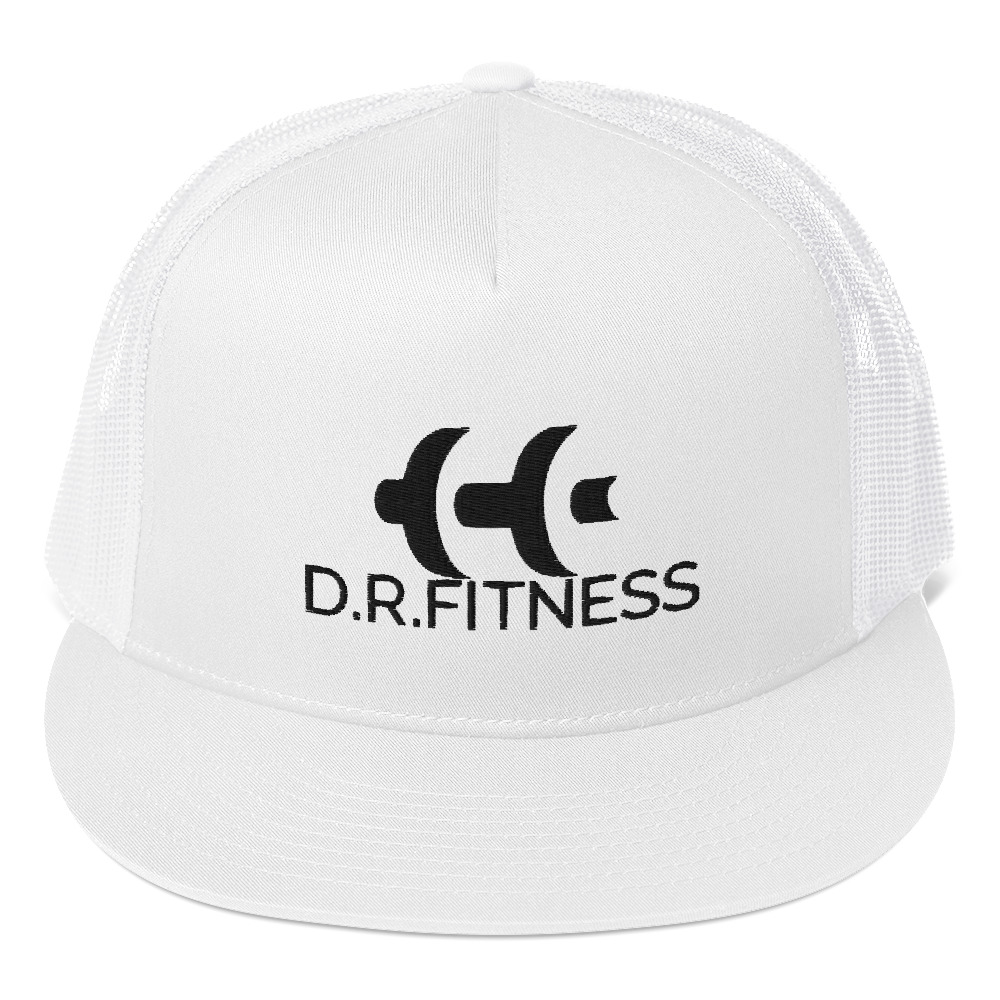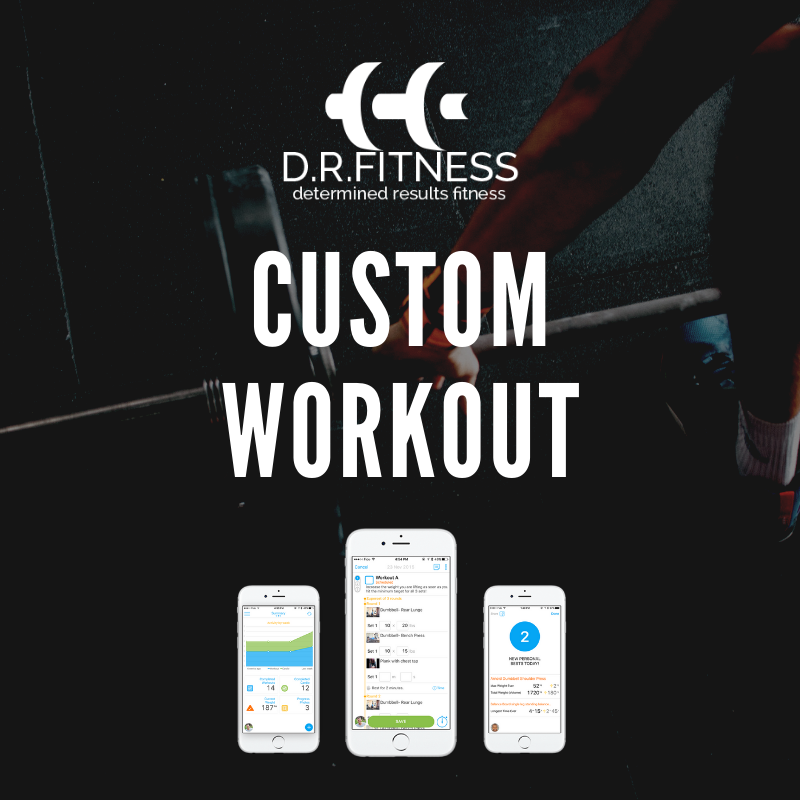While directing a photoshoot for Buzzfeed recently, I realized that a very basic lower body movement, one that I consider to be imperative for proper training, is completely foreign to most people. Many of the models struggled to understand and perform the move, because they had never tried it before. In my cushy fitness world full of people with luscious, powerful buttocks, I take it for granted that people know how important their butt cheeks are, and that training the posterior chain (the back of the body) is crucial. Apparently this is not so.
I felt so sad, imagining all the underused and weak butt cheeks across the world, and I simply couldn’t stand for it anymore. So I’m here to teach you about the hinge.
Hinging isn’t hard. It’s like the squat’s unpopular little sister. Because the squat is so pretty, and makes for such catchy hashtags (“squatspo” is an actual thing), the hinge just somehow got totally ignored. Plus because of how the hinge looks, she’s gotten this unfounded reputation for being kinda awkward and overly sexual. Girls feel uncomfortable, guys feel intimidated. Basically, she’s me in high school.
Let’s break it down. Even if you don’t lift weights, you probably know how to squat. Babies know how to squat. Everyone can squat. There’s all kind of idiotic information about the squat out there, but the basic gist of a squat is that the hips move down, and then come back up.
Typically in a good squat, the spine stays straight, the core stays tight, and the heels stay down. Some people have a wide stance with their toes turned out, others stay parallel and narrow. Proper squat depth can range from a little dip to full on ass-to-grass. There are a million things we could talk about, but all you need to know right now is that a “squat” is when the hips move up and down. Also that it’s a bit over-rated. Is it an important move? For damn sure. But is it “all you need to do” for your lower body? Hellz no.
